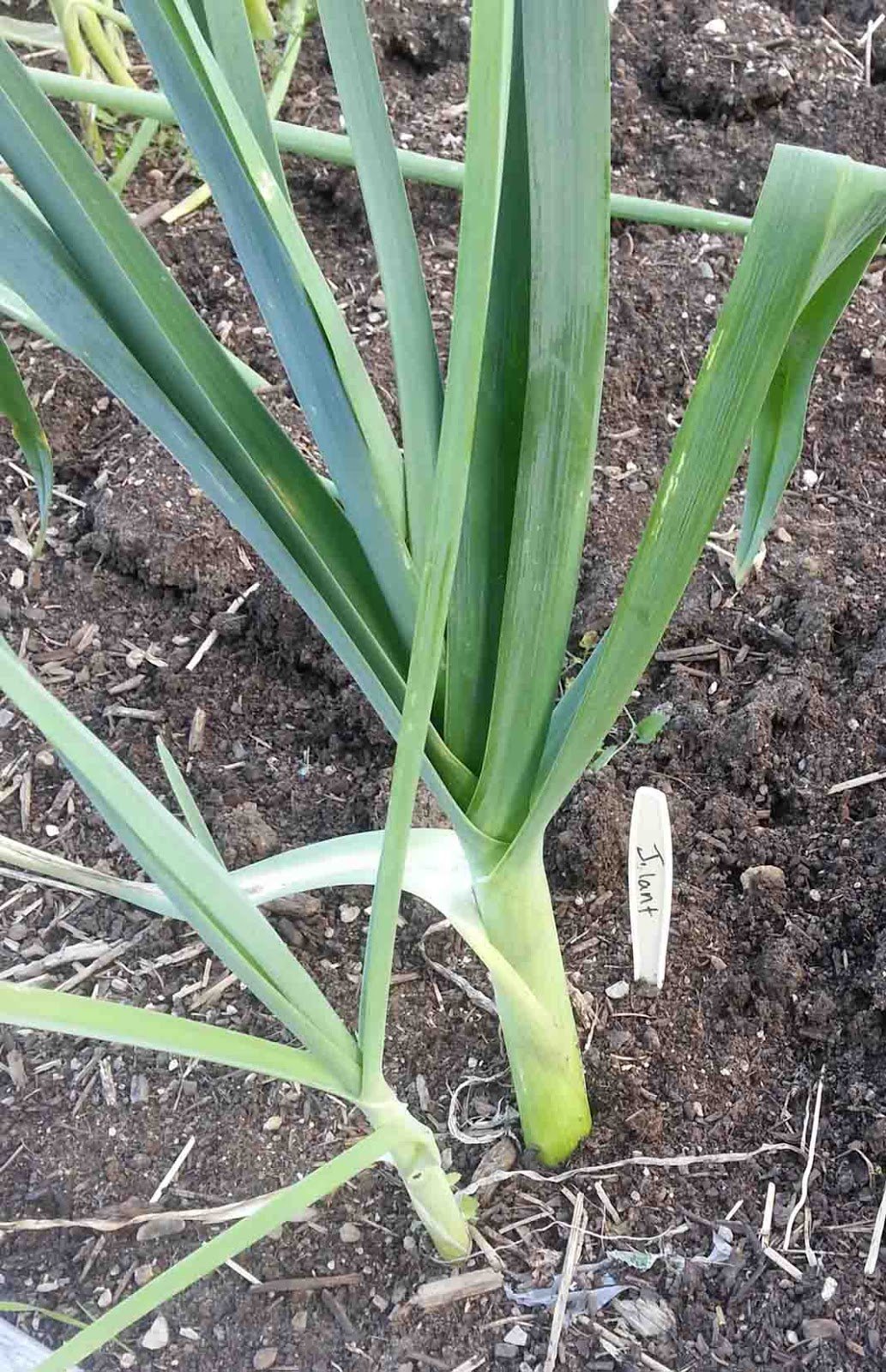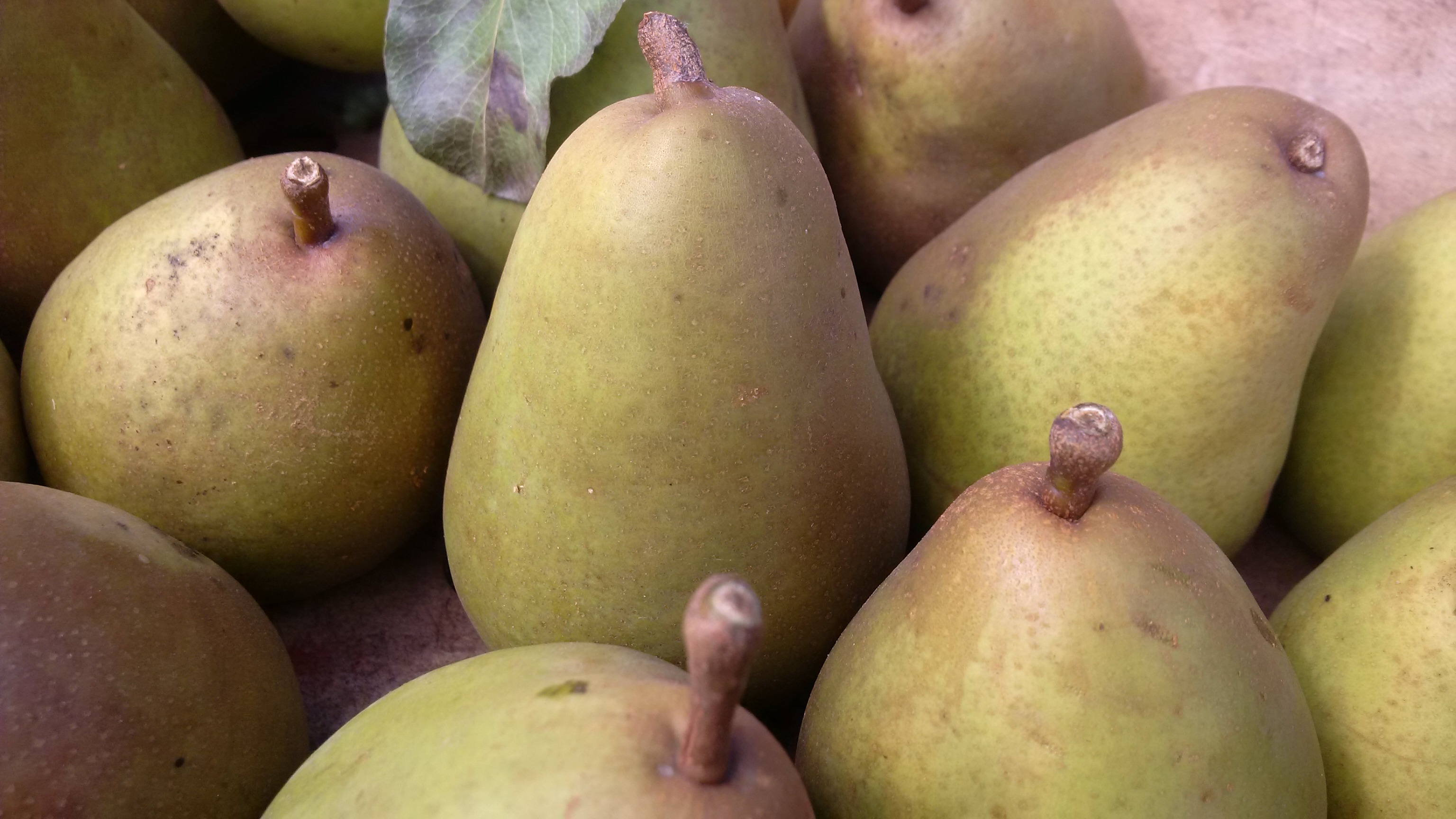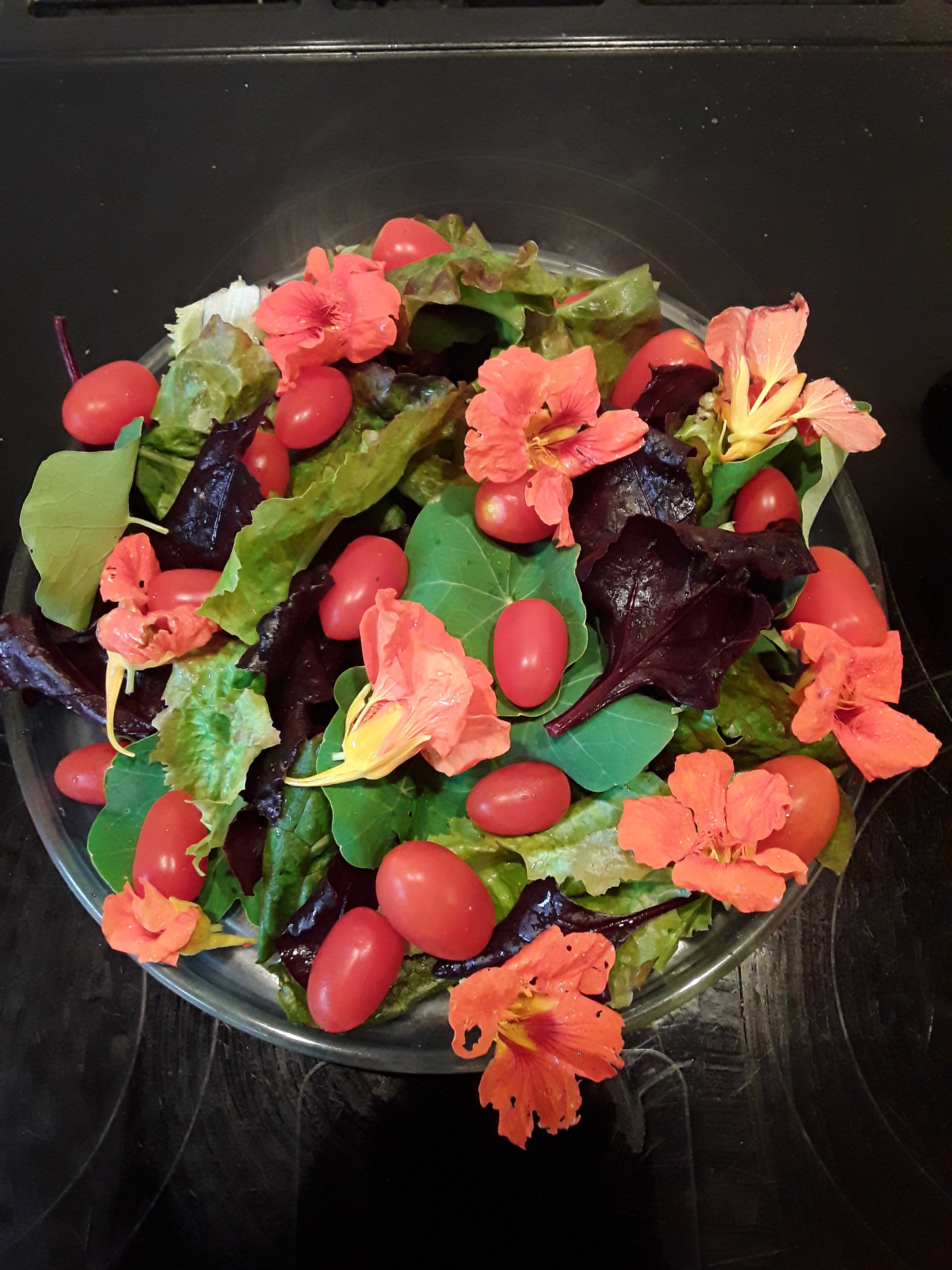I mentioned last week that the well-known cook and writer Jane Grigson took a dim view of the culinary value of the humble swede. Not everyone agrees of course and I find them very acceptable! This year, for the first time, I sowed some swede seeds in modules and transplanted them whilst still quite small into a row on the allotment. I have previously related other successes in transplanting root vegetables which are normally sowed directly into the ground where they are to grow so I am hopeful that swede too will respond well to this alternative approach. For those unfamiliar with the problem here, a word of explanation. In heavy clay soil it is difficult to achieve the fine tilth necessary for sowing tiny seeds like swede so germinating them in seed tray modules and transplanting seems a good solution but traditionally, root crops do not respond well to this and often form poor roots as a result. William Cobbett, however, in his classic ‘Rural Rides’ of 1853 writes of a visit to Herefordshire in 1821 and gives some detail about the new method of transplanting rather than drilling ‘swedish turnips’ that he encountered there. So there is precedent for my experiment and some of the roots are looking good. The experimental results will be in over the winter!

The first early variety of leeks (Jolant) are now being harvested with mixed success. I had inter- cropped some of the leeks with early beetroot and although the beet did well, the leeks didn’t thrive. Where they were given more space they did much better. One plant did show some signs of the leek miner pest; a grub which burrows into the leek, feeds and then pupates. I’ll need to consider how best to fight against this pest whose prevalence seems to increase year by year. Growing several varieties of leek should mean a continuous supply from now through until March with the very late variety Blue Solaise, the last to mature.
It has been an unusual year for top fruit. What looked to be a bumper crop of apples hasn’t turned out to be quite so great. A lot of the Cox’s Orange Pippin have gone rotten on the tree and they have ripened very early. Last week, before the strongest winds lashed us, I took off the Worcester Pearmains and also the Beurre Hardy pears which were starting to fall and will ripen well off the tree.

Summer is salad time of course and so until next week, when I will be back from holiday, I’ll leave you with a picture of our home-grown salad plate; nasturtium leaves and flowers, bulls blood beet leaves, Grenoble red lettuce and Santonio miniature plum tomatoes.
